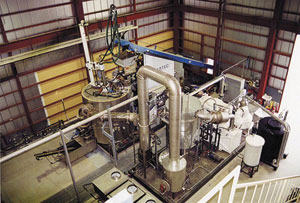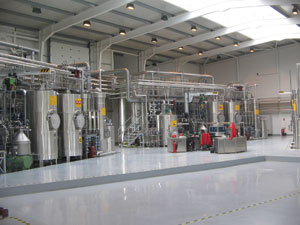March 2009
 View Full Print Edition
View Full Print EditionBusiness Briefs
Satellite data aids biofuel feedstocks research
By Erin Krueger
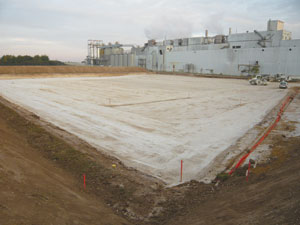
Biobased chemical plants develop in Brazil, France
By Erin Krueger
Columns

Solid Support for Renewable Energy
By Rona Johnson

Riding Shotgun with King Coal
By Tim Portz

Coffee Drinkers, Perk Up
By Jessica Sobolik

Animal Fat-Based Biodiesel: Explore Its Untapped Potential
By Jeremy Goodfellow
Featured
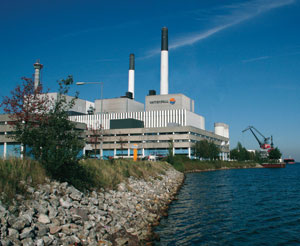
The Art of Biomass Pelletizing
By Ryan C. Christiansen
Pelletizing biomass can be challenging. The lack of a one-size-fits-all process means that it can be more art than science.
Making the Switch
By Anna Austin
Last year, a significant amount of coal-fired power plant proposals were shot down by regulators, and an increasing number of utilities are developing plans to convert to biomass. Is this a trend and, if so, will it continue?
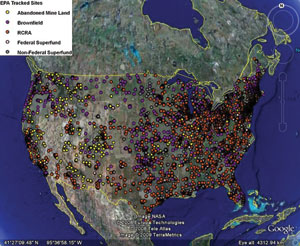
Contaminated Sites = Renewable Energy Hotspots
By Jessica Ebert
To encourage the reuse of contaminated lands for renewable energy production facilities, the U.S. EPA has developed an interactive Google Earth map that tracks these sites and provides information on the potential of each property for biomass energy, solar or wind development.

Biomass: A Federal Perspective
By Ron Kotrba
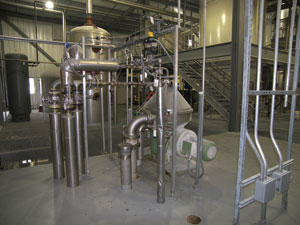
Synthesizing Multiple Feedstocks Into Quality B100
By Ron Kotrba
For many biodiesel producers, volatile commodity markets and paper-thin margins mean feedstock flexibility is absolutely critical for survival. Biodiesel Magazine interviews several different "multifeedstock" technology providers about their approach to processing with flexibility, and fuel quality, in mind.
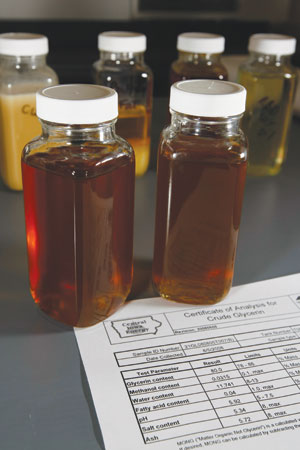
Glycerin: Research Turns Up New Uses
By Erin Krueger
Researchers worldwide are stepping up efforts to develop new uses for crude glycerin. Once commercialized, these technologies have the potential to improve the economics of biodiesel production.
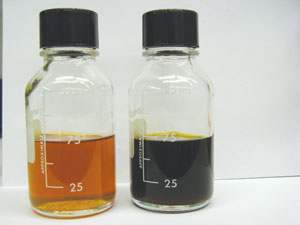
Wake Up and Smell the Coffee Biodiesel
By Susanne Retka Schill
Diesel-powered vehicles could emit the aroma of fresh-brewed coffee, thanks to the research being conducted at the University of Nevada-Reno.
Contributions
Controlling Emissions in a Growing Wood Pellet Marketplace
By Steve Jaasund
A large wood pellet plant looked to experience in the panelboard industry for a proven approach to controlling its emissions. A reliable technology provided the answer for its low emissions goal.
Biomass Equipment Options for Steam and Power
By Arnie Iwanick
The potential to use biomass as a low-cost fuel that reduces carbon footprint is growing. The equipment options for firing biomass to replace fossil fuel in plant operations are equally vast.

